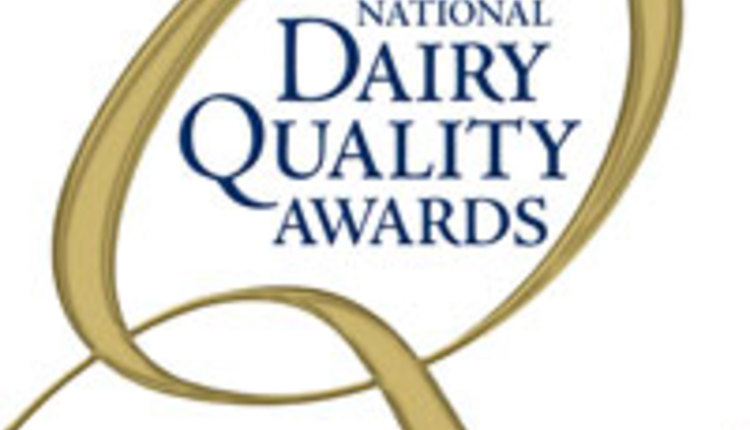
Abscesses – most dairy cows will experience them at some point. An abscess is an infectious collection of pus in a claw that soon becomes tender and sore and can cause lameness.
Causes and Symptoms of Abscesses
An abscess can occur after the cow experiences major or minimal damage to a claw or the integrity of the sole. As the infection starts, it stays within the hoof. Common causes of abscesses include:
• Foreign Objects: A dairy environment may contain foreign objects and rough terrain; if a foreign object punctures or wounds the animal, it introduces bacteria into the critical tissue of a claw. This creates an infection that stays within the sole and underneath the surface of the hoof.
• Bruising: When a cow bruises its sole, it causes trauma to the internal structure of the claw. Bruising within the claw can result in serious infections. As the claw starts to degenerate, and fragmented parts build up in the form of pus, an abscess occurs.
• Hoof Cracks: Hoof cracks, whether superficial or White Line separation, expose the foot to an excess of bacteria. If left untreated, bacteria can build up and increase the risk of an abscess.
In most cases, abscesses form in the lateral claw of the rear foot because it bears the most weight. If left untreated, an abscess can result in lameness. When cows become lame, they do not produce as much milk. Worse, the condition can escalate to the point that cows can’t walk, stopping milk production altogether.
It’s important for dairy farmers to check for abscesses to help maintain production, avoid downtime and save money. Common abscess symptoms include:
• Severe Pain: Dairy cows tend to be tough animals. When a cow is visibly in pain, limping or standing on three out of the four legs, an abscess may have formed.
• Posture: Similar to a human’s reaction to stepping on a foreign object, when a cow steps on a stone or other foreign object, its posture will change with its back arching upward. If an animal’s spine no longer mirrors a flat surface, a hoof care professional should check for lameness related injuries.
• Discoloration: When initial trauma occurs, a blackened or dark red area appears on the hoof. After a hoof care professional identifies any discoloration on a claw, they use a hoof tester to put pressure on and determine the sensitivity of the infected area. If moisture appears, an abscess is likely the cause.
Abscess Removal and Treatment Process
With an abscess, an immense amount of pressure resides within the infected claw due to excess moisture. After a hoof care professional drains and treats the abscess with antiseptics, they must remove the infected area.
Just as your dentist drills your infected tooth away after a cavity appears, hoof care professionals remove and drain the infected horn after an abscess develops. It is crucial to remove the loose horn from a hoof to prevent the infection from resurfacing.
With an open injury, blocking is a helpful treatment option. Hoof care professionals place a wood or rubber block on a healthy claw to elevate and restrict the affected claw so that it heals. Blocking helps make cows more comfortable and allows them to recover quickly, positively impacting milk production.
To maintain dry, clean environments for dairy cows, frequently scrapping alleyways provides better footing and minimizes the risk of injury that may result in an abscess.
As the hooves support a cow’s whole body, it’s important for dairy farmers to maintain a regular maintenance schedule and keep hooves healthy. Talk with a hoof care professional about best practices for managing abscesses. For more information, visit Vettec.com/Bovine.

